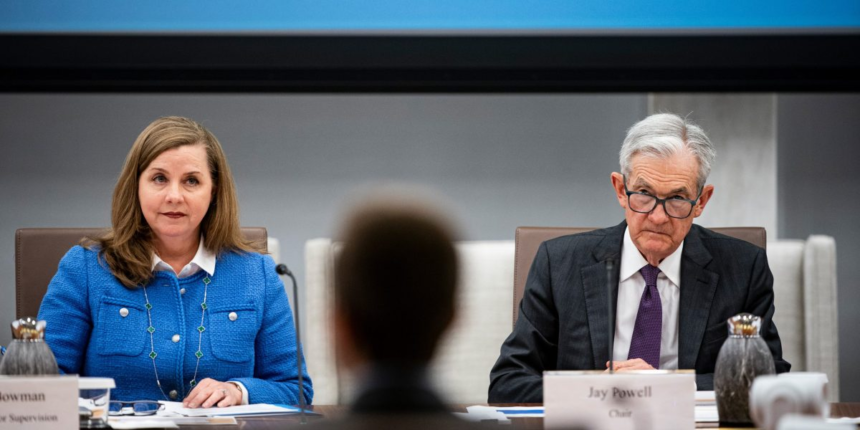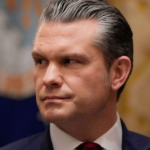A consensus on interest rate cuts is becoming elusive.
Federal Reserve officials are having a hard time agreeing on what lies ahead for the U.S. economy in a time of unprecedented tariffs, a straining debt ceiling, and political upheaval.
Throughout the spring, the Fed was mostly in agreement there was no rush to cut interest rates. The central bank was content to wait and see how exactly President Donald Trump’s tariff policy would impact the economy. A series of revised forecasts in the aftermath of the tariffs called for lower growth and rising inflation. But the details themselves were still debated: How high would inflation go? How long would it last? Would businesses layoff employees if growth stalls?
Now, three months on from the early-April tariff announcement, Fed officials are starting to formulate their own answers to those questions.
These two schools of thought don’t just differ on the timing of rate cuts, but on what is the larger threat to the economy: mass layoffs or soaring inflation. Those in Waller and Bowman’s camp fear middling growth will cause the U.S. to flatline, forcing businesses to cut costs, including by shedding employees. On the other hand, those who favor holding rates believe a cut would only exacerbate the accelerating inflation they see as likely, if not certain.
The prevailing view is that the Fed will keep interest rates steady at its upcoming meeting. The CME FedWatch tool sees a 95% chance of a rate hold at the upcoming meeting.
Waller said he wanted the Fed to act now, before the labor market turned for the worse.
“If you’re walking on a lake and the ice is frozen, it sounds safe but when you start hearing cracks—and that’s what I feel like—it’s too late once you go through the ice,” Waller said. “So you’ve got to start prepping in advance before you have that happen.”
Waller’s more hawkish colleagues are wary of cutting rates and loosening monetary policy at a time they believe it should remain restrictive.
“For items that are more exposed to higher tariffs…price increases so far this year have been well above what one would expect based on past trends,” Williams said on Wednesday.
Waller preferred to look through the inflation risk.
The acrimony—albeit one-sided—between the White House and the Fed adds a new dimension to what might otherwise be ordinary internal policy deliberations.
“Comments coming from Fed officials suggest the Federal Open Markets Committee is cleaving, with a vocal side arguing for rate cuts to begin now, and another side (including Jay Powell) still wanting a delay,” Macquarie global rates strategist Thierry Wizman wrote in a note on Friday. “It could evolve into a split along political lines, with one side swayed by political motives, and the need to accommodate fiscal policy, at the expense of adherence to the price-stability mandate.”
But while politicians like Trump have waded into the Fed—once considered taboo—the central banks officials have not crossed the line themselves. Powell declines to answer all questions about Trump or his policies. On Thursday when Waller was asked if he’d spoken to any White House officials about possibly succeeding Powell, he gave a one word answer: “Nope.”
Williams brushed off the D.C. machinations.
“We’ve got a job to do,” he said.









